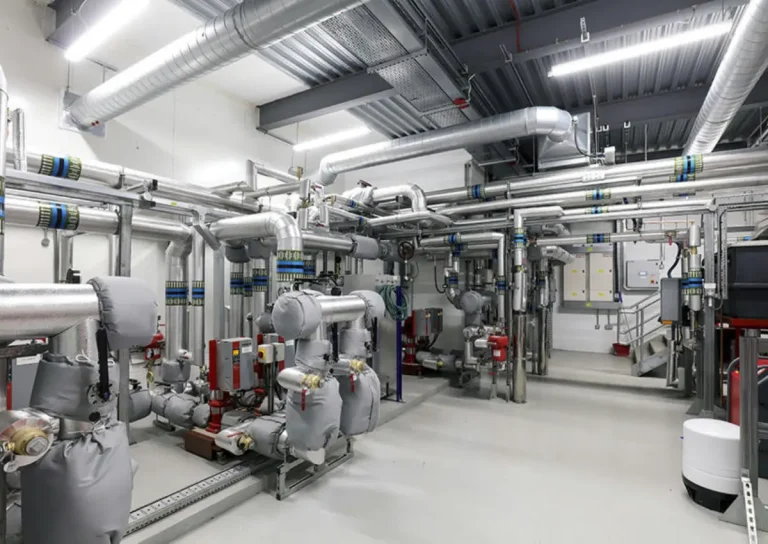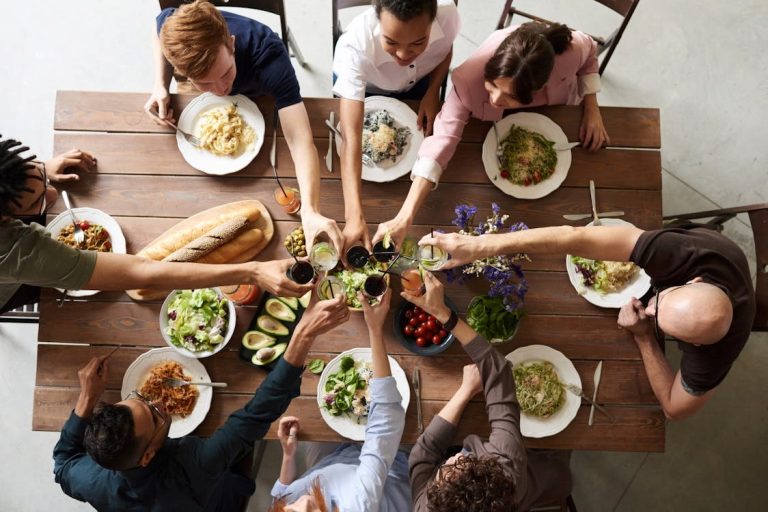How Sugarcane Straws Are Made: From Farm Waste to Eco-Friendly Sipping
The fight against plastic pollution doesn’t begin in the boardrooms of beverage companies or the aisles of eco-branded supermarkets. It starts in the fields, where sugarcane stands tall, harvested for sweetness, and what’s left behind, the fibrous waste called bagasse, quietly waits for its second act. This is the story of how agricultural leftovers, once considered trash or fuel, are being reimagined by a sugarcane straw supplier as an elegant solution to one of the planet’s most pervasive consumer waste problems: the plastic straw.
From Burn Pile to Bioproduct
Let’s start with the problem. Single-use plastic straws—those cheap, bendable tubes that vanish into landfills and oceans—don’t biodegrade. They’re often made from polypropylene, a petroleum-based plastic that lingers for centuries. The 2018 viral image of a sea turtle with a straw lodged in its nostril became a visceral call to action, triggering bans and igniting a rush for alternatives. Paper straws? Soggy. Metal straws? Niche. Sugarcane straws? Now we’re talking.
Bagasse is what’s left after the juice is squeezed out of sugarcane stalks. It’s dry, fibrous, and historically burned or dumped. But as sustainability movements started looking seriously at agricultural waste, bagasse emerged as a quietly brilliant resource. Not just because it’s abundant, but because it decomposes naturally, carries no food safety risk, and behaves like a biodegradable plastic, without being one.
Step by Step: How a Sugarcane Straw Is Born
Making sugarcane straws is a bit like making paper—if paper could withstand hot coffee and frozen margaritas. Here’s how the magic happens.
1. Harvest and Juice Extraction
The journey begins at the sugar mill. Sugarcane stalks are chopped and crushed to extract juice for sugar or ethanol production. What’s left is the dry, pulpy mass: bagasse. For years, it was a nuisance—something to burn for boiler fuel or bury in the soil. But entrepreneurs saw potential.
2. Bagasse Collection and Drying
The bagasse is collected and air-dried to reduce moisture content. This is crucial. Wet bagasse grows mold. Dry bagasse becomes viable raw material for pulp. In some factories—particularly in India and Vietnam—solar drying tunnels reduce energy use during this step, keeping the carbon footprint low.
3. Pulverizing and Pulp Formation
Next, the dried bagasse is pulverized into fine particles and mixed with water to create a pulp slurry. No bleach. No synthetic binders. Just water and fiber. The consistency here matters: too runny, and the straw collapses during molding; too thick, and the machines jam.
4. Molding and Extrusion
The pulp is poured into heated molds or fed through extrusion machines that shape it into long, hollow tubes. Think of it like baking bread in a mold—except the mold is vertical, and the straw solidifies with the help of pressure and heat.
Some manufacturers use custom steel molds that simultaneously emboss branding onto the surface—no inks, just raised impressions. Others integrate natural dyes like turmeric or beetroot for color.
5. Curing and Drying Again
Once molded, the straws are carefully cured to remove residual moisture. This step determines how the straw will behave in the real world. Done right, the straw holds its structure for hours in cold drinks and maintains integrity in hot beverages up to 70°C.
At Greenprint, a sugarcane straw company operating out of Vietnam, the drying phase uses infrared ovens powered partially by renewable energy. That’s not just a nice PR line—it’s a system-level move to decouple sustainable products from fossil-fueled production chains.
6. Cutting, Polishing, and Packaging
The final step is aesthetic. Straws are cut to standard lengths (usually 6 to 8 inches), edges are smoothed, and the product is packaged in compostable paper wrappers. Some factories wrap straws in PLA bioplastic, but that defeats the purpose—composting PLA requires industrial conditions most consumers don’t have access to.
The Composting Question: Is It Really Eco-Friendly?
Let’s not romanticize this. “Biodegradable” has become a buzzword, often misused. Sugarcane straws, unlike PLA or paper coated in wax, are genuinely compostable. In commercial composters, they break down in about 60–90 days. At home, it might take a bit longer, depending on moisture and microbial activity. Importantly, they don’t leave behind microplastics.
A 2023 study in MDPI’s Sustainability Journal compared life cycle emissions of various straw types. Sugarcane straws produced 38% less CO₂-equivalent emissions than paper straws and over 70% less than PLA plastic straws, when factoring in sourcing, production, and disposal. That’s not just a green claim—that’s peer-reviewed, supply-chain-level data.
Comparing the Competition
Let’s break this down simply:
| Feature | Sugarcane | Paper | PLA (Corn Plastic) | Bamboo |
| Compostable | ✅ Yes | ✅ Yes | 🚫 Industrial only | ✅ Yes |
| Taste/Odor | 🔘 Neutral | 🚫 Papery | 🔘 Slight corn smell | ✅ Neutral |
| Durability in Drink | ✅ Moderate | 🚫 Weak | ✅ Good | ✅ Excellent |
| Cost Per Unit | 🔘 Moderate | ✅ Low | 🔘 Moderate-high | 🚫 High |
That makes sugarcane a sweet spot—pun intended—for restaurants and cafes looking to ditch plastic without sacrificing function or aesthetics.
Case Study: Turning Waste into Opportunity
In Maharashtra, India, a local startup called The Better Straw Company partners directly with sugar mills to buy fresh bagasse. What began as a 5-person operation has now scaled to exporting to 12 countries across Asia and Europe.
They’ve integrated a community model—employing rural women to work in cutting and polishing—offering both environmental and economic uplift. Their straws have made it into major chains like Pret A Manger in Singapore and Carrefour in France.
Their founder, Anirudh Patil, said in a recent interview:
“When you tell people this straw came from sugarcane waste, something clicks. They sip with purpose.”
That’s the kind of quiet consumer behavior shift that changes markets.
Challenges and Realities
No solution is perfect. Sugarcane straws still face hurdles:
- Cost: At 2–3x the price of plastic, they require economies of scale or subsidy support.
- Storage: Moisture-sensitive, so they need dry storage conditions.
- Use Case Limits: They work well in cold and warm drinks but will soften in hot liquids over 80°C or if left soaking for hours.
And there’s the issue of greenwashing—companies labeling generic fiber straws as “sugarcane-based” when they’re actually just paper with a touch of cane extract. That’s why certifications matter: TÜV Austria’s OK Compost, BPI certification, or ASTM D6400 compliance are good starting points.
The Bigger Picture: From Sipping to Systems Change
What makes sugarcane straws so compelling isn’t just the object itself—it’s the systems shift they represent. They don’t ask us to mine new materials or invent synthetic polymers. They ask us to reimagine waste. To see the value in byproducts. To sip differently.
The rise of sugarcane straws is a small but potent example of the circular economy in action. Waste becomes resource. Consumption becomes regenerative. And the daily act of taking a sip—on a beach, in a café, from a street vendor’s stall—becomes part of something bigger.
In a world starved for solutions that don’t just feel good but do good, sugarcane straws are worth more than a glance. They’re a signal: the materials of the future may already be in our hands. Or fields. Or compost heaps.
So the next time you’re sipping an iced tea through a straw that once lived on a sugarcane farm—pause. That’s not just eco-friendly sipping. That’s farm-to-lip sustainability.






